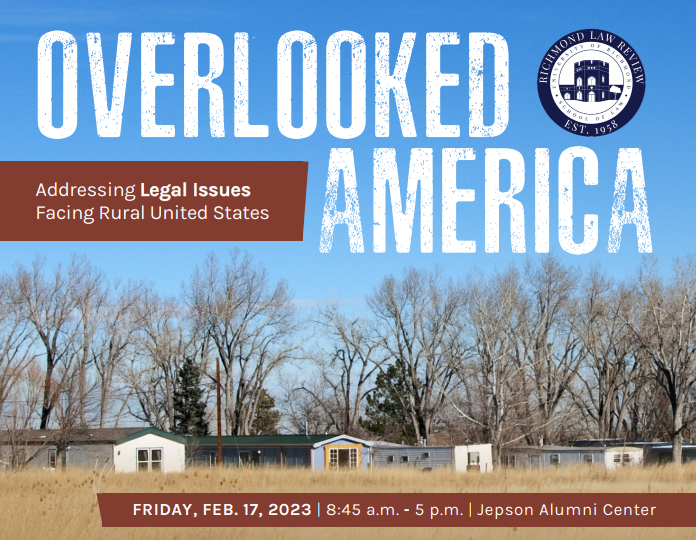
Enhancing Rural Representation Through Electoral System Diversity
Read Full Article (PDF)
Enhancing Rural Representation Through Electoral System Diversity
Rural Virginians face disparities in outcomes regarding healthcare, access to important infrastructure, and other services. Some disparities may be related to rurality. The sparseness of population in rural areas may limit the sites where people may access services, triggering the need to travel significant distances to obtain goods and services in such areas. Limited access may lead to disparities even when the quality of goods and services in rural areas is high. The disparities affect all rural Virginians, but disproportionately affect rural Virginians of color. The causes of the disparities are complex and myriad, and may be based on race, class, or a combination of both.
The lack of political representation of those who most acutely experience the disparities may help explain the disparities. The interests of racial and political minorities in rural Virginia may not be fully represented in Virginia’s legislative bodies, including the General Assembly. Those rural Virginians have the right to vote, however, their interests may be ignored by their representatives. Legislation that may help minimize disparities may not be forthcoming because the interests of those suffering the disparities may not acutely concern their representatives. New programs to help ease the rural disparities may never be proposed. Proposed programs may receive insufficient support from rural legislators and legislators from non-rural areas of Virginia. The lack of representation of the interests of some rural Virginians may stem from the electoral system used to select representatives, rather than from personal failings of rural representatives.
Henry L. Chambers, Jr. *
* Professor of Law & Austin E. Owen Research Scholar, University of Richmond School of Law





